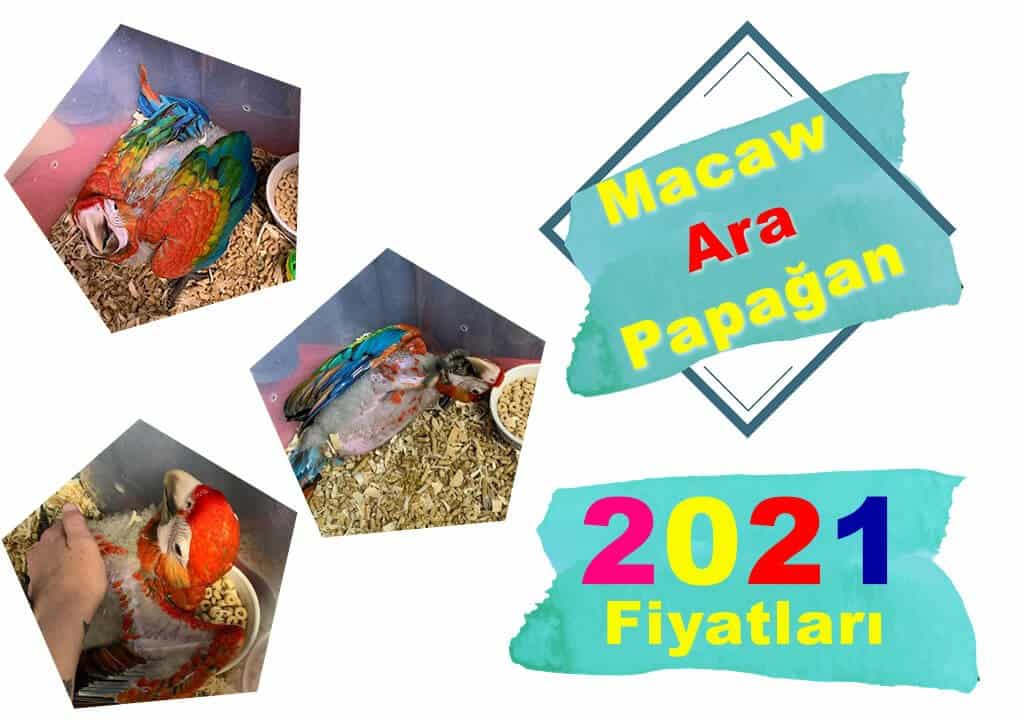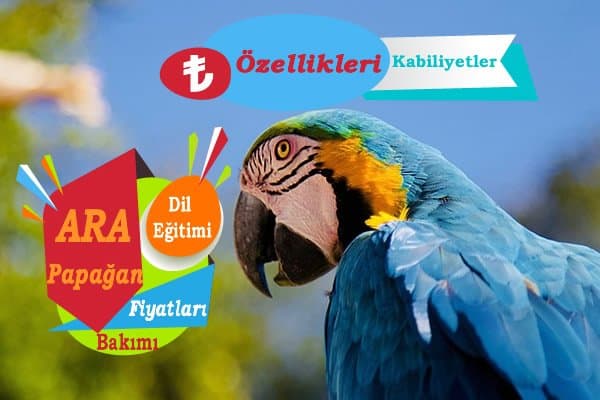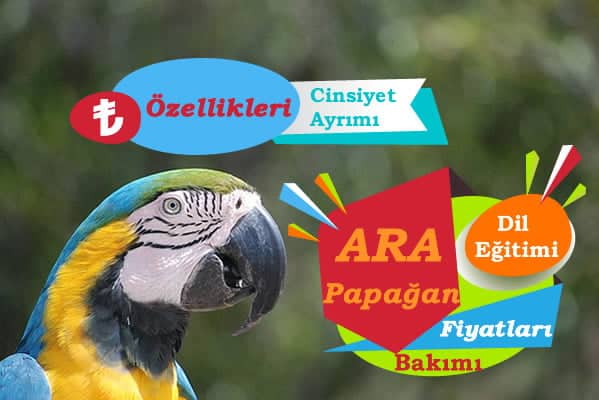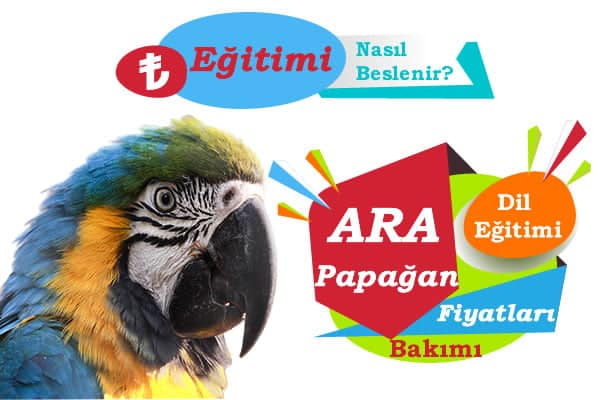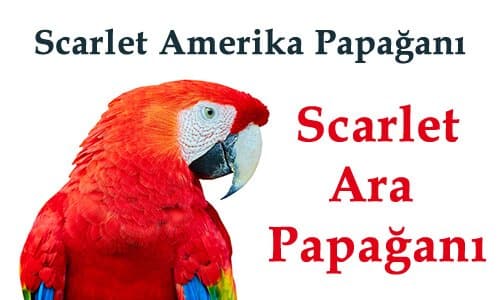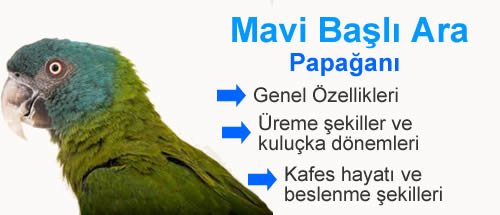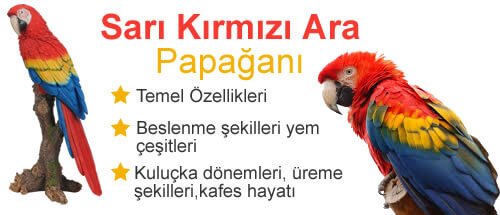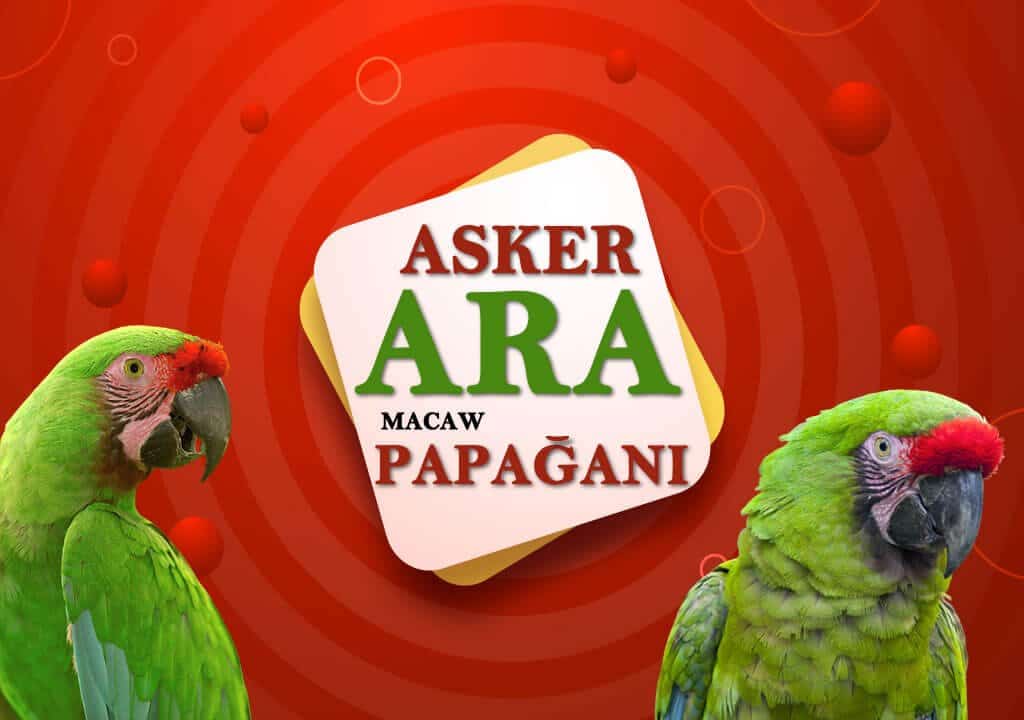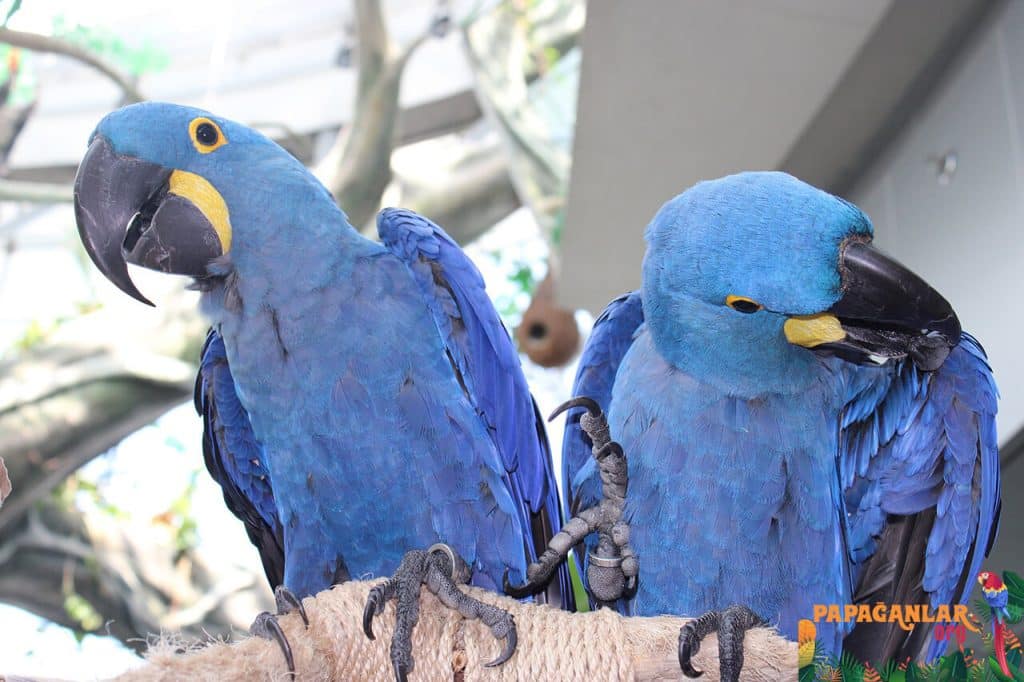Blog
Green Winged Ara
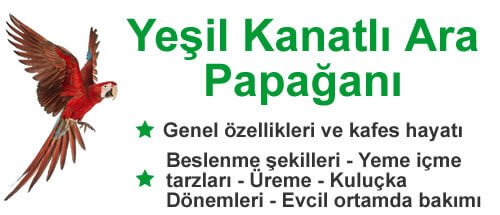
Green Winged Ara (Ara Chioroptera) Parrot
Green Winged Macaw Habitats
They live most commonly in South America. They are also found in Brazil (with the exception of the very outer Southern and Eastern parts), northern Paraguay, eastern Bolivia, eastern Peru, eastern Colombia and north to Panama, southern Venezuela, Trinidad, Guayana, Suriname, and France-Guayana. The regions where they are found are almost the same as the Ara Ararauna species. They live in regions with tropical vegetation, in forests and near water.
General Descriptions and Characteristics of the Green Winged Arachnid
It has dimensions of about 90 cm. Hyacinths are the second largest group of parrots after tweens. It is predominantly red in color. The facial parts are white and hairless. In this white part, there are thin lines in red color gradually.
Its wings are blue. It turns green in the part called the middle of the wing. The upper part of the tail is a bluish tone, while the other parts are red. Their eyes range from a light gray to ivory hue.
It is also known as the most intelligent Macaw species.
Green Winged Arachnid Feeding Patterns – What Do They Eat?
They feed on fruits and nuts specific to the region they live in. Especially locally grown Uxi (Endopleura uchi), Jatoba (Hymenaea Spec.) and Para nut (Bertholletia excelsa) are the foods they consume most frequently.
At certain times of the year, like many, they go to the muddy steep and water sides in certain regions (Tambopata and Timpia are the most familiar regions) and get the minerals their digestive systems need from this slime. This need is mostly related to the type of feed they find and eat.
Their feeding at home is the same as for other types of intermediates.
Green Winged Arachnid Pet Care and Cage Life
Considering its size, you realize that it is a difficult species to care for in the home environment. When it opens its wings, it reaches a size of up to 1 meter. Since it is a very good volatile, it should be looked at only in keels made in a very large area (as much as it will need).
They mate these species in captivity, like the Ara Ararauna, which is one of the other intermediate species, because it produces beautiful colors and brings profitable sales, although it is contrary to the species care.
This species is often confused with the Macaospecies due to its red-dominated colors and beak color. However, in the aforementioned species, the parts of the wings called the upper wing cover are yellow. There are no reddish road lines on the white hairless part of the cheeks.




